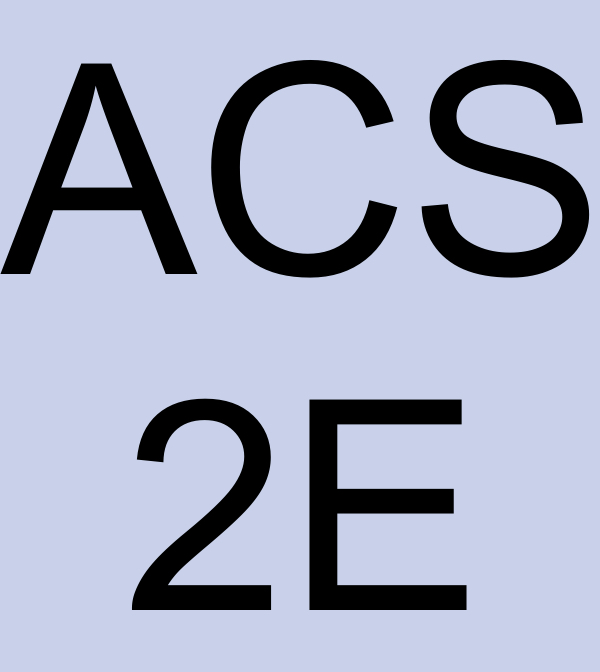Activity 8.1.3.
(a)
By computing the third derivative of \(f(x)\) and the second and third derivatives of \(T_3(x)\) and evaluating the relevant functions at \(x = 0\text{,}\) fill in the blanks below.
\begin{align*}
f(x) \amp= e^x \amp T_3(x) \amp= c_0 + c_1 x + c_2 x^2 + c_3 x^3 \\
f'(x) \amp= e^x \amp T_3'(x) \amp= c_1 + 2c_2 x + 3c_3 x^2 \\
f''(x) \amp= e^x \amp T_3''(x) \amp= \fillinmath{XXXXX} \\
f'''(x) \amp= \fillinmath{XXX} \amp T_3'''(x) \amp= \fillinmath{XXXXX} \\
\amp \\
f(0) \amp= 1 \amp T_3(0) \amp= \fillinmath{XXX} \\
f'(0) \amp= 1 \amp T_3'(0) \amp= \fillinmath{XXX} \\
f''(0) \amp= 1 \amp T_3''(0) \amp= \fillinmath{XXX} \\
f'''(0) \amp= \fillinmath{XXX} \amp T_3'''(0) \amp= \fillinmath{XXX}
\end{align*}
(b)
Next, recall that we want \(f\) and \(T_3\) to share the same function and derivative values at \(a = 0\) up to and including the third derivative. For instance, one of the four needed equations is \(T_3'(0) = f'(0)\text{.}\) Use the four equations your work in the preceding question to determine the values of \(c_0\text{,}\) \(c_1\text{,}\) \(c_2\text{,}\) and \(c_3\text{.}\)
(c)
Having now determined the numerical values of \(c_0\text{,}\) \(c_1\text{,}\) \(c_2\text{,}\) and \(c_3\text{,}\) use appropriate computational technology to plot the function \(T_3(x) = c_0 + c_1 x + c_2 x^2 + c_3 x^3\) along with \(f(x)=e^x\text{,}\) \(T_1(x)=1+x\text{,}\) and \(T_2(x) = 1 + x + \frac{1}{2}x^2\) in the same window as shown in Figure 8.1.9.

The function \(f(x)=e^x\text{,}\) its tangent line \(T_1(x)=1+x\text{,}\) and the quadratic approximation \(T_2(x) = 1 + x + \frac{1}{2}x^2\) near the point \((0,f(0))\text{.}\)
(d)
What if we wanted a degree-\(4\) polynomial approximation to \(f(x) = e^x\) near \(a = 0\text{?}\) Based on the patterns you’ve observed in \(T_1\text{,}\) \(T_2\text{,}\) and \(T_3\text{,}\) conjecture values for the constants \(d_0, \ldots, d_4\) for a function \(T_4\) of the form
\begin{equation*}
T_4(x) = d_0 + d_1 x + d_2 x^2 + d_3 x^3 + d_4 x^4
\end{equation*}
that satisfies \(T_4(0) = f(0)\text{,}\) \(T_4'(0) = f'(0)\text{,}\) \(\ldots\text{,}\) \(T_4^{(4)}(0) = f^{(4)}(0)\text{.}\) Add this function \(T_4\) to your plot in part (c) that includes \(f(x)\) and the lower-degree polynomial approximations. What do you notice?

